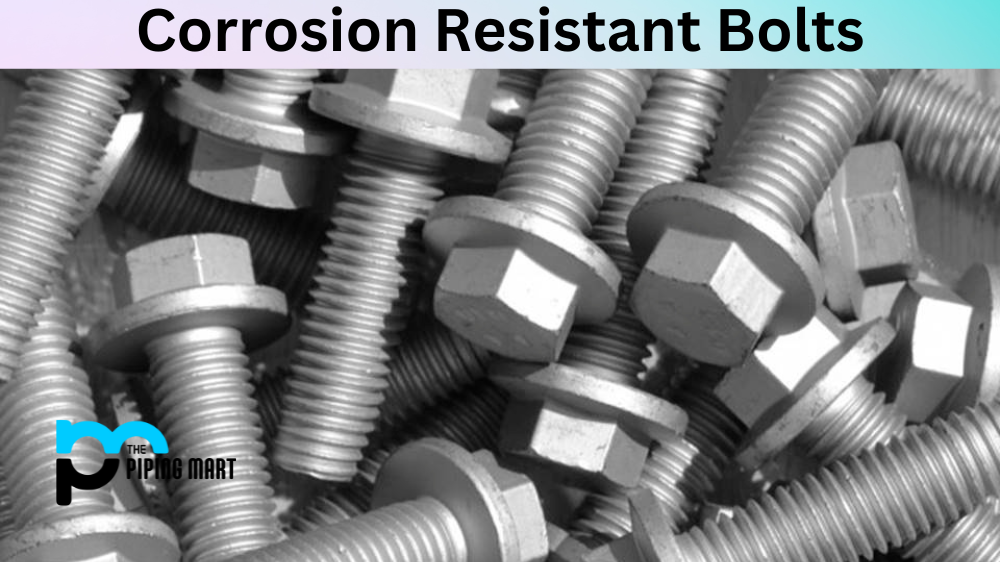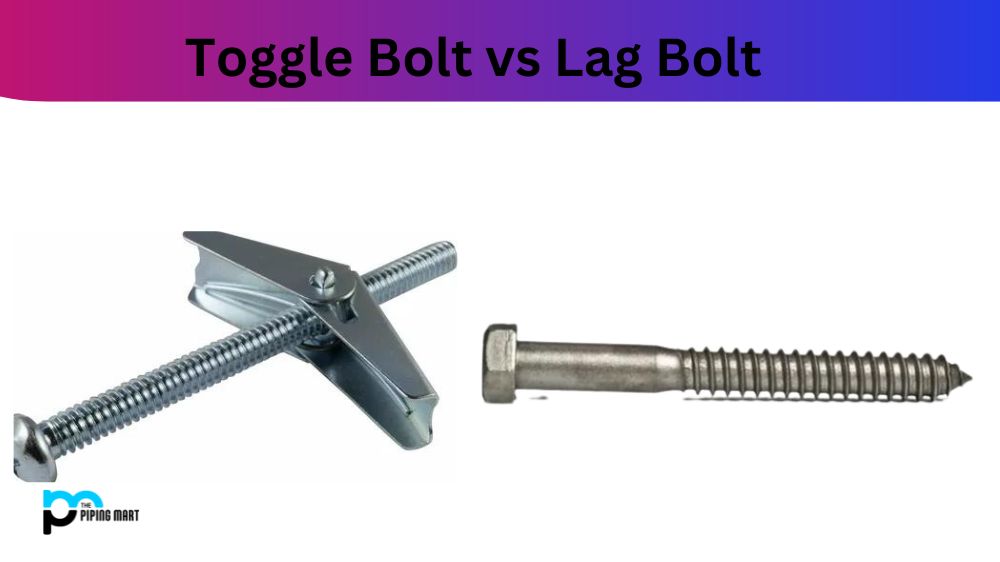Many different types are available when it comes to fasteners, particularly those used to join two or more parts. Two of the most commonly used are cap screws and bolts. While these may seem interchangeable, they do actually have some differences. In this blog post, we’ll take a closer look at cap screws and bolts, exploring the ins and outs of each and highlighting when you might want to use one over the other.
Difference Between Cap Screw and Bolt
First of all, let’s clarify what we mean by each term. A bolt is a threaded fastener with a head at one end and a nut at the other. The head is usually hexagonal, making it easy to grip with a spanner or other tool. Meanwhile, the cap screw is similar to a bolt but has a flat or rounded head that does not require a nut. Instead, it is tightened down using a threaded hole in the other part.
So, what are some of the other differences between cap screws and bolts? One key factor is strength. Cap screws are often stronger than bolts of a similar size, which is one of the reasons they are commonly used in critical applications such as aerospace and construction. This is due to several factors, such as the length of thread engagement, the larger shank diameter, and higher-strength materials.
Another difference worth noting is the way they are used. Bolts are often used to hold two or more parts together, with a nut used to tighten them up. This makes them ideal for applications where the parts must be easily disassembled or require a certain amount of flexibility. On the other hand, cap screws tend to be used in fixed joints or where movement is not required. The threaded hole allows for a tighter, more secure connection between parts.
Cap screws and bolts can also differ in terms of their head shape. As mentioned, bolts usually have a hexagonal head, which allows them to be tightened or loosened with a spanner or socket. However, cap screws can have a range of head shapes, including flat, domed, and countersunk. This makes them a more versatile choice in applications where appearance is essential or a specific head shape is required for clearance or access reasons.
One final aspect to consider is the cost. In general, cap screws tend to be more expensive than bolts. This is due to the extra material required to create the head and thread and the different manufacturing steps involved. However, this does not necessarily mean that cap screws are always the better choice – it all comes down to the application’s specific requirements.
- Cap screws and bolts are fasteners that combine two or more pieces of material.
- Cap screws are typically used in high-precision applications like automotive or aerospace industries.
- Conversely, bolts are typically used in applications where a high degree of strength is required, such as in construction or heavy machinery.
- Cap screws are typically made from higher-quality materials than bolts and are usually more expensive.
- Bolts are typically made from lower-quality materials than cap screws and are expensive.
- Cap screws typically have a smaller diameter than bolts and usually have a shorter length.
- Bolts typically have a larger diameter than cap screws and are usually longer.
- Cap screws typically require a nut for installation, while bolts usually do not.
Conclusion
In summary, while cap screws and bolts may seem similar at first glance, several differences exist. When choosing between the two, it is essential to consider factors such as strength, usage, head shape, and cost. Knowing the advantages and disadvantages of each can help you choose the suitable fastener for your specific needs. So, whether you’re working on a DIY project at home or a complex industrial application, understanding the difference between cap screws and bolts is essential.

Pipingmart is a B2B portal that specializes in metal, industrial and piping items. Additionally, we share the latest information and information about materials, products and various types of grades to assist businesses that are involved in this business.




